PC gaming's most beloved and most obscure shared universes
These crossovers are more than just cute little easter eggs.
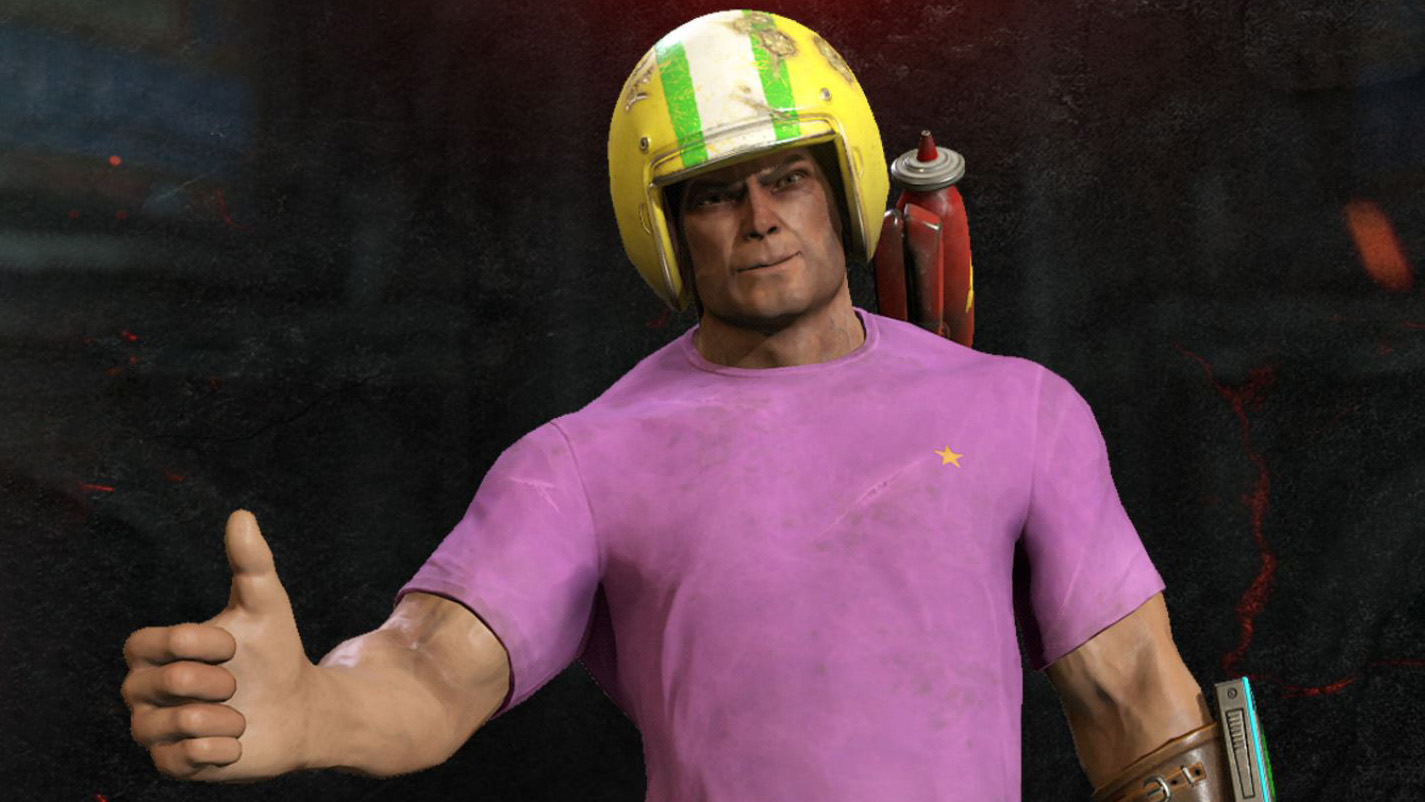
We are living in the age of the franchise. The MCU has bulldozed its way through the movie-making business on the backs of supercharged mascots. HBO's Game of Thrones is rumbling back to life, and Amazon's billion-dollar Rings of Power is right behind it. To turn a profit in the entertainment industry, everything in your oeuvre must exist within the same constellation, opening the door for constant cameos to stoke Reddit conspiracies.
Where did movies learn this trick? Look no further than the games industry's long history of crossovers. After all, if you want to be outrageously generous, Mario and Zelda exist in the same universe. Link showed up in Mario Kart 8 on the back of a Hyrule chopper, and Zelda's Castle in Ocarina of Time included a few sly snapshots of the Mushroom Kingdom cast in the royal bedroom. (Maybe we can blame Abbott and Costello Meet Frankenstein for the modern movie industry, but it's a little funnier to point the finger at Mario).
Studios do this all the time—it's practically tradition to bake in a few references to the rest of your catalog as you're ushering players into a brand new world map. But in this list, we're trying to shy away from nods, quirks, and cutesy shoutouts. Instead, we're focusing on the sort of interdimensional continuity between video games that feel a bit more substantial than, say, Mario counting a TKO in Punch-Out. For instance, did you know the Normandy might have had a close encounter with Thedas? Or that Black Mesa and Aperture have collaborated on a few projects?
Video games were masters of the multiverse long before Elizabeth Olson donned the crown. Here's all the proof you need.
Titanfall and Apex Legends
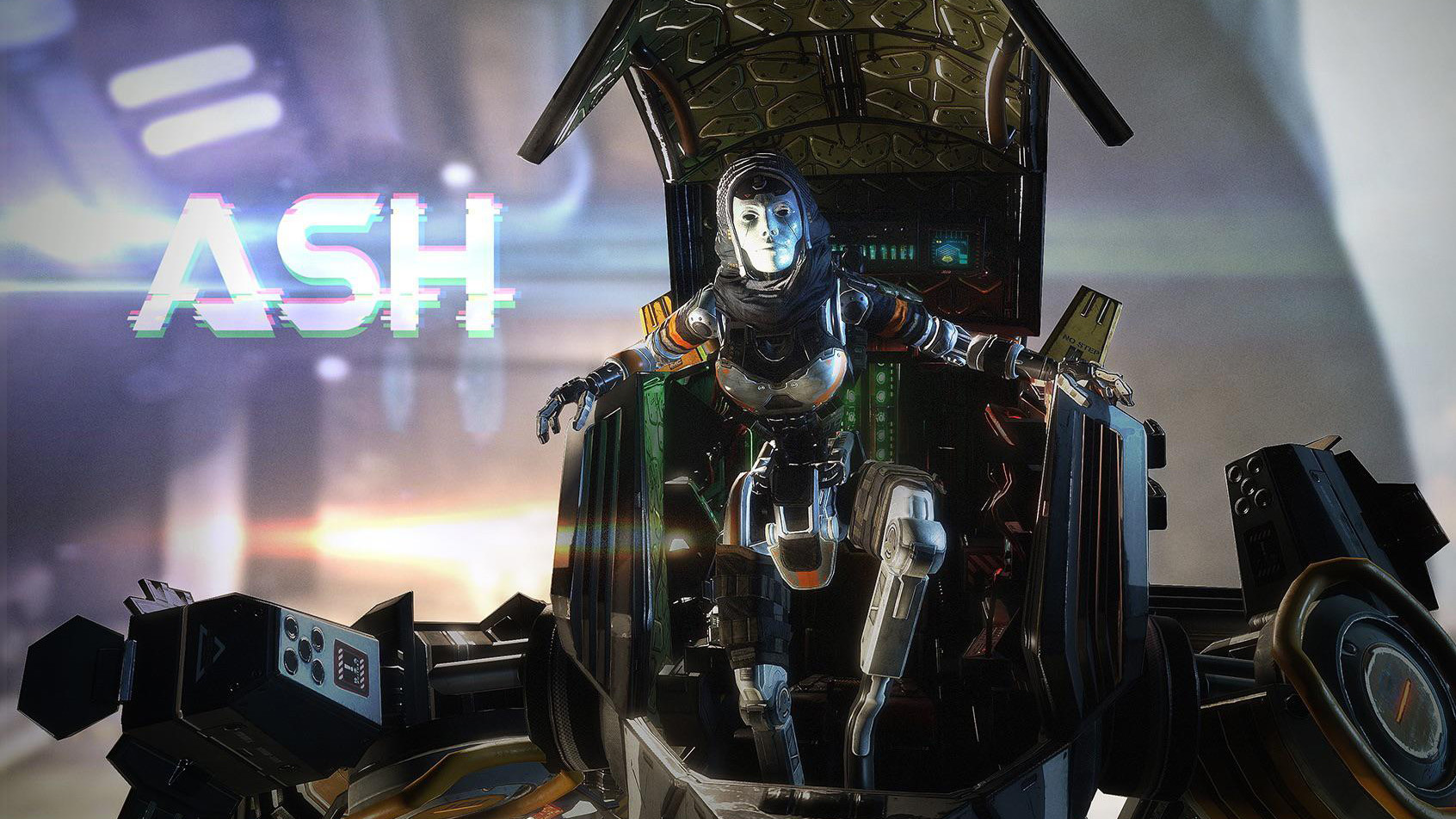
The battered, beleaguered Titanfall community has been crying out for a formal sequel to the beloved mecha shooter for years now, but that possibility has been put on ice by the rampant success of Apex Legends. Respawn's battle royale arrived in early 2019 with a bounty of color-coded loot, a revolutionary communication system, and holdovers from the overarching Titanfall canon. The connections are everywhere: Titanfall 2's heavy, Kuban Blisk, actually founded the Apex Legends gladiatorial league, Wraith has a conspicuously familiar phase shift ability, and Ash logged plenty of warfighting shifts as a Titan pilot before jumping into the fold.
Maybe someday Apex Legends will be blessed with a suite of giant robots. Until then, we'll stay carping for Titanfall 3.
Alan Wake and Control
Remedy Entertainment has a flair for pulpy, basic-cable storytelling, so I don't think anyone is surprised that there are more than a few tendrils between Alan Wake and Control. I mean, both of these games are about normal people experiencing close encounters with an eldritch interdimensional menace, so when you're pouring through the stacks of the Federal Bureau of Control, you might come across a few documents implying that the agency did investigate the Alan Wake incident, but didn't turn up much. However, in the 2020 DLC for the game, AWE, you are literally guided around the bowels of the Bureau by an apparition of Alan Wake, which was like Nick Fury showing up at the end of Captain America for Remedy-heads like me.
The biggest gaming news, reviews and hardware deals
Keep up to date with the most important stories and the best deals, as picked by the PC Gamer team.
An Alan Wake sequel is on the way in 2023. When it turns up, I wouldn't be surprised if these two universes are formally merged into one.
Dark Souls and Bloodborne
FromSoftware, by the studio's nature, leaves a lot of their lore up to our interpretation. It's been more than a decade since I started playing their games and I still barely know what it means to go "hollow." So any allusions between their various franchises should be taken with a grain of salt. That said, in the DLC for the first Dark Souls, you can find an NPC named Marvelous Chester who is dressed in a distinctly Bloodborne-ish regalia. (Top hat, trenchcoat, all black leather.) He is apparently a traveler from a distant future, which is an obvious innuendo towards the cobblestone roads and flintlock pistols of Yharnam.
Will a shared, Soulsian universe ever be totally formalized? I mean, this is From we're talking about, so probably not.
Unreal and Mortal Kombat
Yes, this is stretching if not outright breaking the easter egg rule, but there's just enough lore behind this crossover to hang a neat shared universe on. Back in 2005, Mortal Kombat Thunder God Raiden was a playable character in Unreal Championship 2, an Xbox-only UT spin-off. Championship 2 is maybe the strangest Unreal game: it lets you switch from first-person shooting to third-person melee weapon swinging, so Raiden got to grab himself a gun and pummel aliens into giblets with an electrified staff.
You could say Raiden's appearance here was just a desperate promotional hail mary from struggling publisher Midway, but Unreal's developers really went the extra mile to ground it in Mortal Kombat's famously wild lore. Raiden's in-game character description says he "relinquished his immortal status to travel amongst the realms, gathering the support of the greatest warriors against the coming storm. And there is no better place to recruit the champions of the Galaxy than the Liandri Tournament." It's believable backstory for a guy who spent Mortal Kombat 9 completely fucking up the timeline.
Commander Keen and Wolfenstein
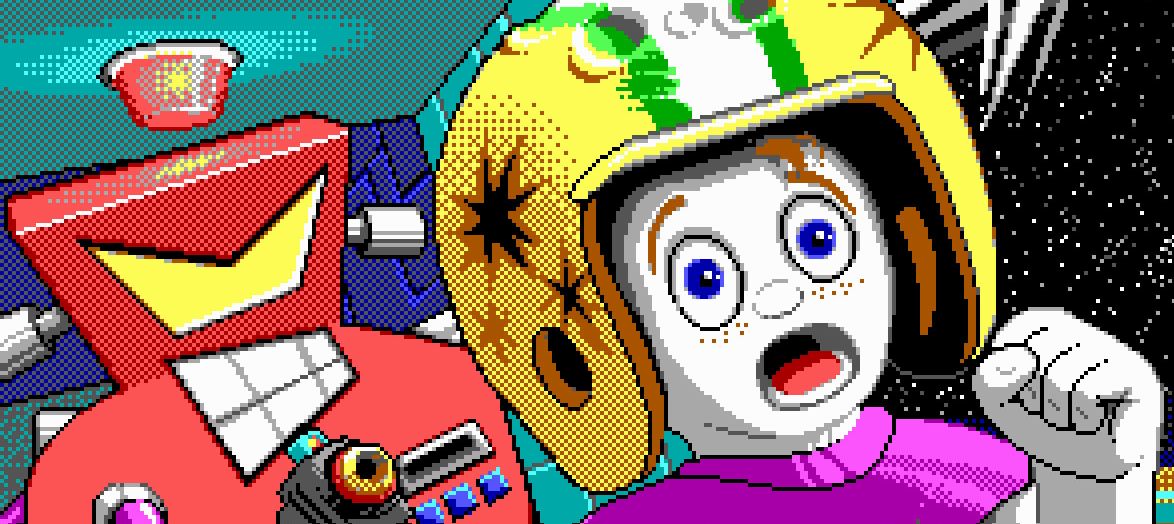
B.J. Blazkowicz defended the world from Nazis; his grandson William J. Blazkowicz II, aka Billy Blaze, aka Commander Keen, defended it from aliens. id Software cut its teeth on the candy colored platformer series Commander Keen before upending the entire gaming industry with Wolfenstein 3D and Doom a couple years later. There are Keen Easter eggs in a number of id's games, but the Blazkowicz family connection is about as explicit as game shared universes get. According to id veteran Tom Hall, Doomguy is also a Blazkowicz descendant, which explains the alien-blasting, demon-killing pedigree. And the square jaw.
Firewatch and Gone Home
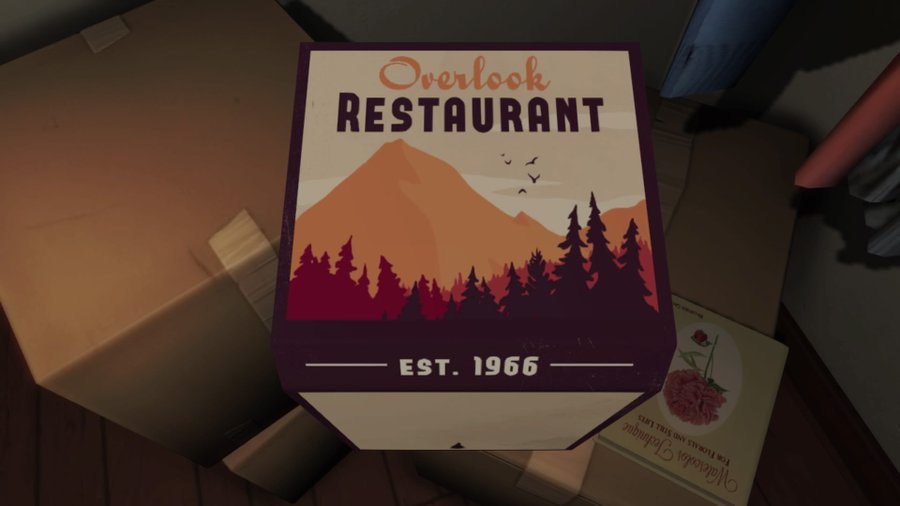
Firewatch and Gone Home have a ton in common in their aesthetics, storytelling pacing, and overwhelming ennui, but the studios behind the games—Campo Santo and Fullbright respectively—have also spindled their disparate plot threads together. During those languid days in Wyoming, Firewatch players can uncover a book, called The Accidental Savior, which is written by failed author and Gone Home patriarch Terrence L. Greenbriar. Not to be outdone, Gone Home included a Firewatch wrinkle in its console release; you can find a box of matches emblazoned with a logo for the Overlook Restaurant, with a distinctly orange, Rocky Mountain vista that immediately summons up memories of its sister game. Walking simulators, unite!
Kane & Lynch and Hitman
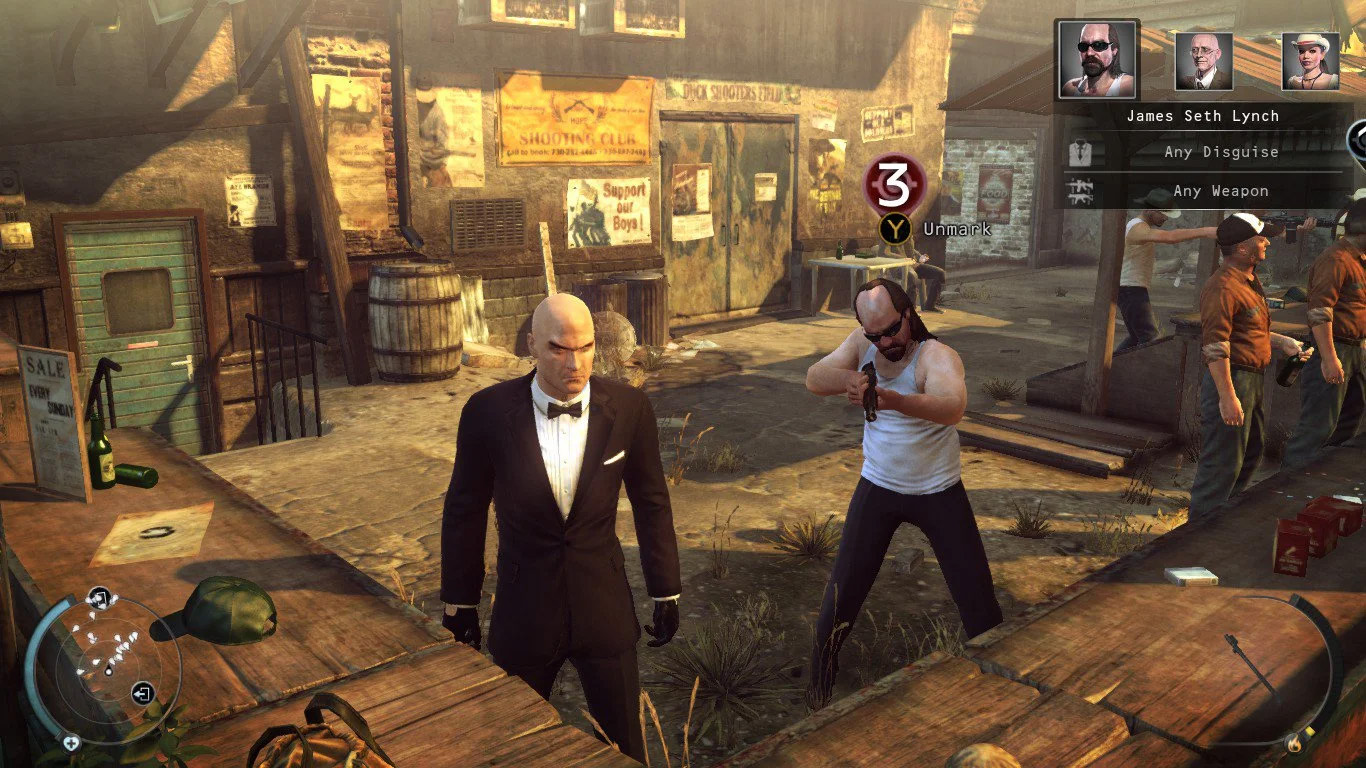
IO Interactive are responsible for a long line of comically grim, neo-noir crime fantasies, so it is probably not shocking that the sagas of Adam Kane, James Lynch, and Agent 47 are intertwined. In Hitman: Blood Money, the psychopathic duo can be found occupying headlines in the game's level-recapping newspapers, and in the sequel—the better-off-forgotten Hitman Absolution—Kane and Lynch actually make an appearance in a biker bar. 47 can kill them both, which honestly should be regarded as the canonical ending for their disreputable partnership.
Final Fantasy 10 and Final Fantasy 7
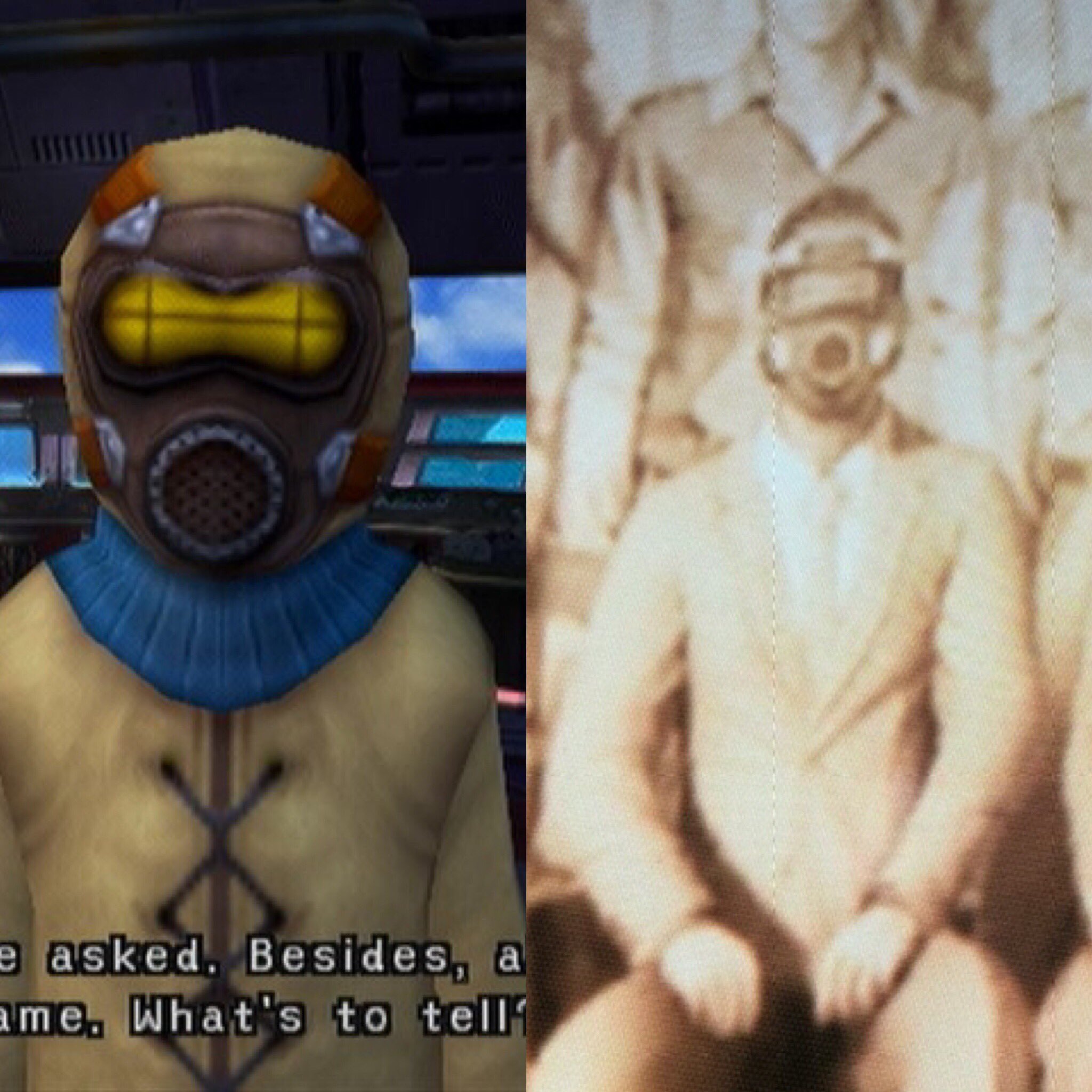
At the risk of rankling the Square Enix diehards out there, we need to cover this. Yes, there is nothing functionally related between the plots, characters, and overall vibe of Final Fantasy 10 and Final Fantasy 7. Yes, the founding principle of all Final Fantasy games is the idea that they are self-contained universes divorced from any overarching chronology. But that does not change the fact that, towards the end of 10-2, a boy named Shinra makes reference to the idea of siphoning off the planet's life force to power a metropolis. That, of course, is a direct reference to the Shin-Ra Electric Power Company, which is the core antagonistic force in FF7.
The 2020 Remake went a step further, as Cloud stumbles across a group photo including all of Shin-Ra's employees. Smack dab in the middle is the same boy from 10-2. If Rikku shows up in the sequel, know that you've been warned.
Dragon Age and Mass Effect
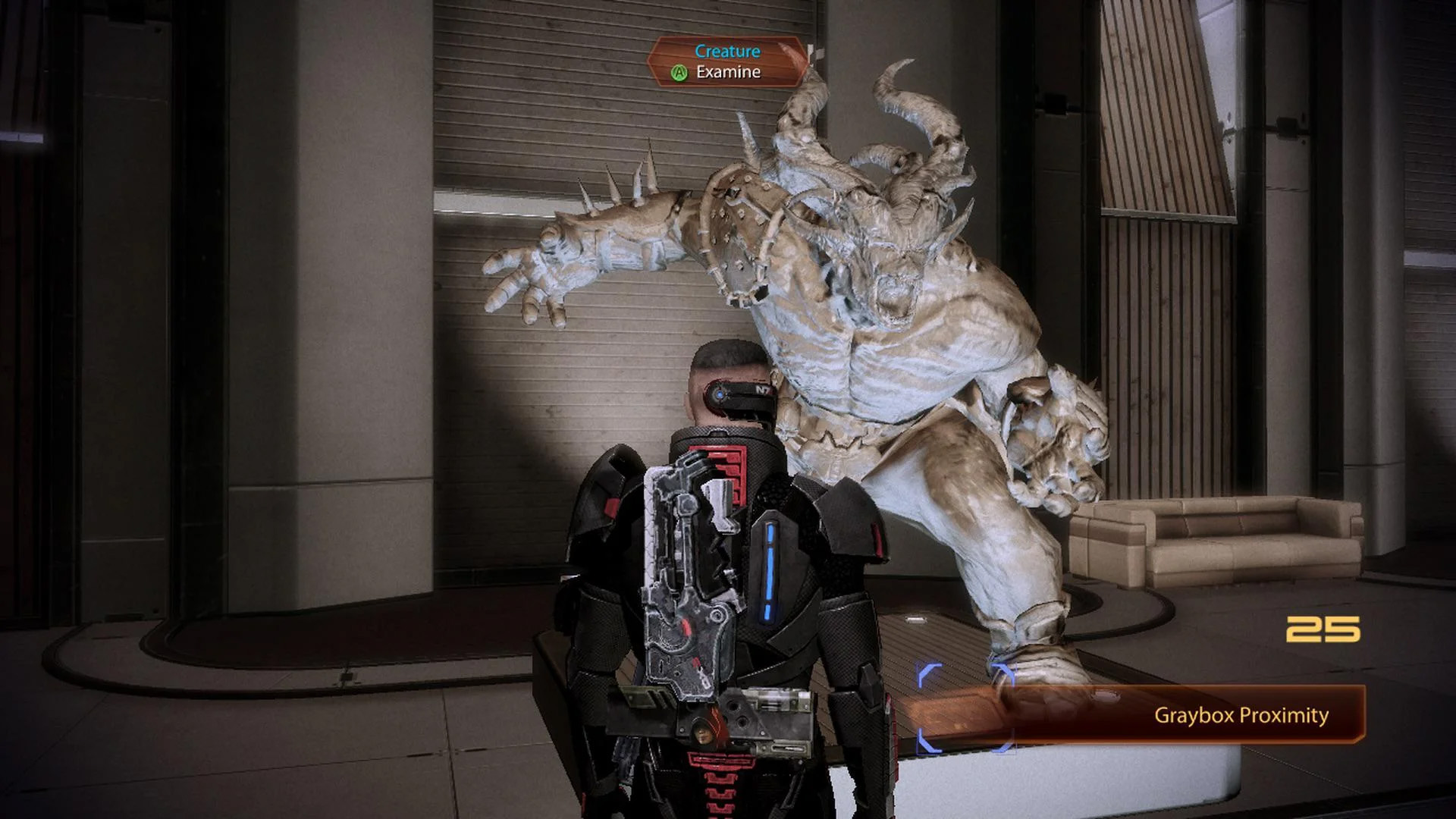
Writing this list means one must walk a fine line between games' bevy of easter eggs and in-jokes and, like, actual canonical worldbuilding. Case in point: Bioware has buried a number of inter-RPG winks in both the Dragon Age and Mass Effect series. (There's a mounted Krogan head in Orlais; a Dragon Age Ogre statue can be found in a Mass Effect 2 DLC. Hahaha.) However, those connections became a bit stronger after eagle-eyed Bioware fans noticed a distinct similarity between the moon in Dragon Age, and the moon hovering above the arid plains of a derelict, inhospitable alien world. Apparently, these elves, humans, and dwarves lived on a planet called Klendagon(!) which was once the home of a great civilization before calamity struck. Ominous! If Commander Shepard ever enters the Fade, don't say we didn't warn you.
Half-Life and Portal
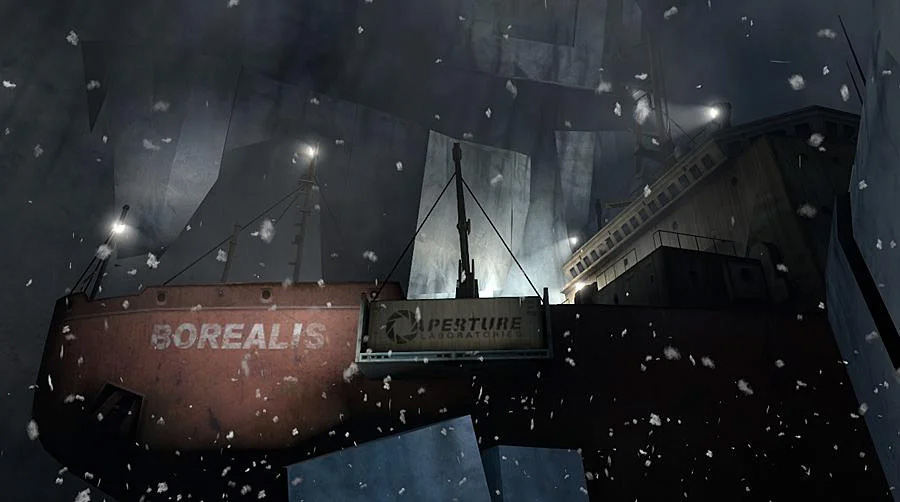
Both Half-Life and Portal contain heady, semi-parodic tales of questionable scientific institutions mucking around in the dark edges of reality. So there should be no surprise that Valve's two beloved franchises have plenty of biological links. Aperture Science—the dystopian company responsible for inventing the portal gun before falling into ruin—is mentioned by name in Half-Life 2: Episode 2. The Borealis, the ship Gordon Freeman and Alyx were going to embark on in the sequel, (sigh,) was said to have been chartered by Aperture. In Portal 2, you can find some residue of the once-and-future Borealis, hinting that maybe Freeman and Alyx did make that trek off-screen.
There is a universe out there where these two games merged together, and Freeman would find himself solving puzzles with the portal gun in the best Half-Life game ever made, but alas, we do not occupy that universe. A bummer!
Saints Row and Red Faction
Volition's two big series are united by a common enemy. What started as a fun nod to Ultor, the evil Mars mining company of the original Red Faction, in the first Saints Row ballooned into a generational conflict. In Saints Row 2, the Saints go up against megacorp Ultor in its bid to take back the city of Stilwater. In Red Faction Guerilla, released a year later, future Ultor has graduated to interplanetary mining operators with a fascist grip on Mars. That makes it all the more awkward when Saints Row The Third comes around and Ultor has partnered with the Saints to help sell their brand.
I enjoy that Volition, as a company, has an official villain: an evil-sounding name and logo that embodies the various ways that corporations poison the world and can be very hard to actually kill.

Luke Winkie is a freelance journalist and contributor to many publications, including PC Gamer, The New York Times, Gawker, Slate, and Mel Magazine. In between bouts of writing about Hearthstone, World of Warcraft and Twitch culture here on PC Gamer, Luke also publishes the newsletter On Posting. As a self-described "chronic poster," Luke has "spent hours deep-scrolling through surreptitious Likes tabs to uncover the root of intra-publication beef and broken down quote-tweet animosity like it’s Super Bowl tape." When he graduated from journalism school, he had no idea how bad it was going to get.
- Morgan ParkStaff Writer

